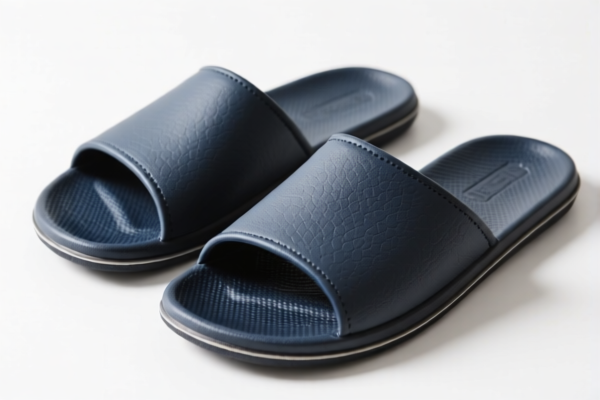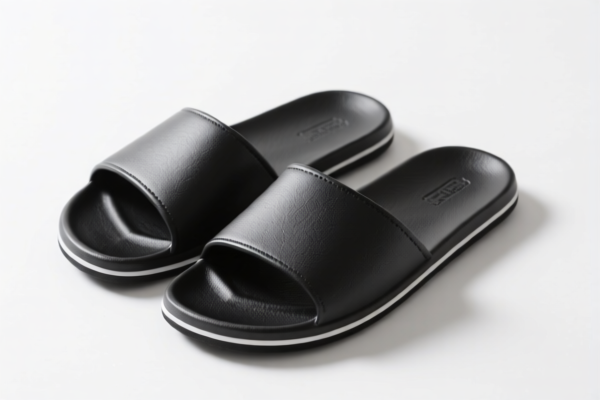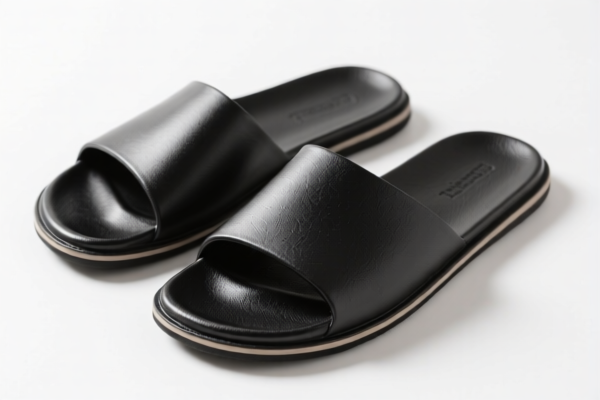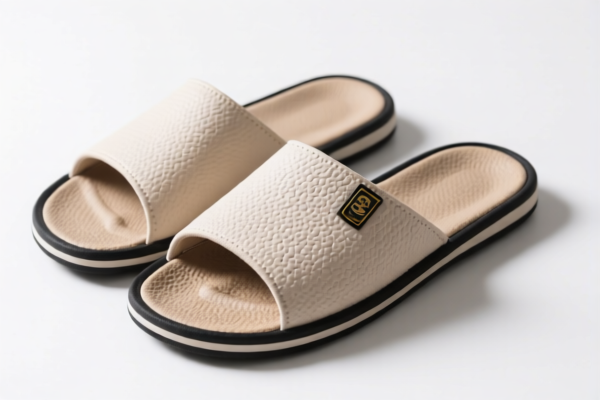Found 5 matching results
(CN → US)
| HS Code | Official Doc | Tariff Rate | Origin | Destination | Effective Date |
|---|---|---|---|---|---|
| 6405209080 | Doc | 42.5% | CN | US | 2025-05-12 |
| 6402993177 | Doc | 36.0% | CN | US | 2025-05-12 |
| 6402996100 | Doc | 42.5% | CN | US | 2025-05-12 |
| 6402994920 | Doc | 75.0% | CN | US | 2025-05-12 |
| 6402993110 | Doc | 36.0% | CN | US | 2025-05-12 |




Here is the detailed classification and tariff information for the product "slipper" (拖鞋), based on the provided HS codes and tax details:
📦 Product Classification Overview: Slipper
🔍 HS Code: 6405209080
- Description: Slipper
- Total Tax Rate: 42.5%
- Base Tariff: 12.5%
- Additional Tariff: 0.0%
- Special Tariff after April 11, 2025: 30.0%
- Notes: This code is for general slipper products, not made of rubber.
🔍 HS Code: 6402993177
- Description: Rubber Slipper
- Total Tax Rate: 36.0%
- Base Tariff: 6.0%
- Additional Tariff: 0.0%
- Special Tariff after April 11, 2025: 30.0%
- Notes: This code applies to rubber slipper with specific characteristics (e.g., material or design).
🔍 HS Code: 6402996100
- Description: Rubber Slipper
- Total Tax Rate: 42.5%
- Base Tariff: 12.5%
- Additional Tariff: 0.0%
- Special Tariff after April 11, 2025: 30.0%
- Notes: This code may apply to rubber slipper with different specifications or origin.
🔍 HS Code: 6402994920
- Description: Rubber Slipper
- Total Tax Rate: 75.0%
- Base Tariff: 37.5%
- Additional Tariff: 7.5%
- Special Tariff after April 11, 2025: 30.0%
- Notes: This code has the highest tax rate, possibly due to additional duties or specific product attributes.
🔍 HS Code: 6402993110
- Description: Rubber Slipper
- Total Tax Rate: 36.0%
- Base Tariff: 6.0%
- Additional Tariff: 0.0%
- Special Tariff after April 11, 2025: 30.0%
- Notes: This code is for rubber slipper with specific design or material features.
⚠️ Important Notes:
- April 11, 2025 Special Tariff: All the above HS codes are subject to an additional 30.0% tariff after April 11, 2025. This is a time-sensitive policy and must be considered in your customs planning.
- Anti-dumping duties: Not explicitly mentioned for this product category, but always verify if applicable based on the product's origin and material.
- Material and Certification: Confirm the material composition (e.g., rubber, plastic, fabric) and unit price to ensure correct classification. Some codes may require specific certifications (e.g., safety, environmental compliance).
✅ Proactive Advice:
- Verify the exact product description and match it with the most accurate HS code.
- Check the origin of the product to determine if any preferential tariffs apply.
- Review the April 11, 2025 policy and plan accordingly to avoid unexpected costs.
- Consult with customs brokers or tax advisors for complex cases or large shipments.
Let me know if you need help determining the most suitable HS code for your specific product. Here is the detailed classification and tariff information for the product "slipper" (拖鞋), based on the provided HS codes and tax details:
📦 Product Classification Overview: Slipper
🔍 HS Code: 6405209080
- Description: Slipper
- Total Tax Rate: 42.5%
- Base Tariff: 12.5%
- Additional Tariff: 0.0%
- Special Tariff after April 11, 2025: 30.0%
- Notes: This code is for general slipper products, not made of rubber.
🔍 HS Code: 6402993177
- Description: Rubber Slipper
- Total Tax Rate: 36.0%
- Base Tariff: 6.0%
- Additional Tariff: 0.0%
- Special Tariff after April 11, 2025: 30.0%
- Notes: This code applies to rubber slipper with specific characteristics (e.g., material or design).
🔍 HS Code: 6402996100
- Description: Rubber Slipper
- Total Tax Rate: 42.5%
- Base Tariff: 12.5%
- Additional Tariff: 0.0%
- Special Tariff after April 11, 2025: 30.0%
- Notes: This code may apply to rubber slipper with different specifications or origin.
🔍 HS Code: 6402994920
- Description: Rubber Slipper
- Total Tax Rate: 75.0%
- Base Tariff: 37.5%
- Additional Tariff: 7.5%
- Special Tariff after April 11, 2025: 30.0%
- Notes: This code has the highest tax rate, possibly due to additional duties or specific product attributes.
🔍 HS Code: 6402993110
- Description: Rubber Slipper
- Total Tax Rate: 36.0%
- Base Tariff: 6.0%
- Additional Tariff: 0.0%
- Special Tariff after April 11, 2025: 30.0%
- Notes: This code is for rubber slipper with specific design or material features.
⚠️ Important Notes:
- April 11, 2025 Special Tariff: All the above HS codes are subject to an additional 30.0% tariff after April 11, 2025. This is a time-sensitive policy and must be considered in your customs planning.
- Anti-dumping duties: Not explicitly mentioned for this product category, but always verify if applicable based on the product's origin and material.
- Material and Certification: Confirm the material composition (e.g., rubber, plastic, fabric) and unit price to ensure correct classification. Some codes may require specific certifications (e.g., safety, environmental compliance).
✅ Proactive Advice:
- Verify the exact product description and match it with the most accurate HS code.
- Check the origin of the product to determine if any preferential tariffs apply.
- Review the April 11, 2025 policy and plan accordingly to avoid unexpected costs.
- Consult with customs brokers or tax advisors for complex cases or large shipments.
Let me know if you need help determining the most suitable HS code for your specific product.
Customer Reviews
No reviews yet.